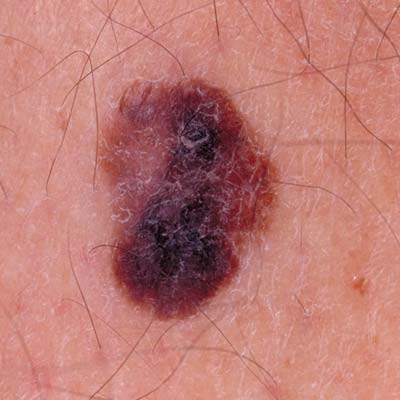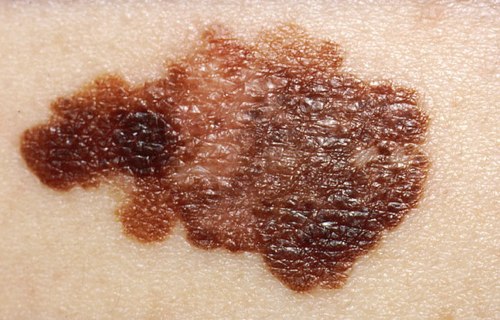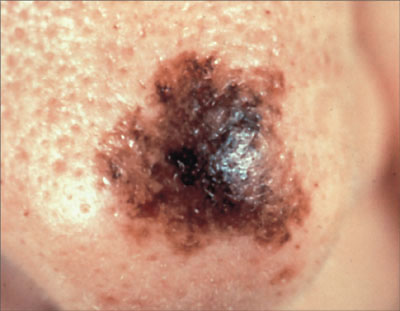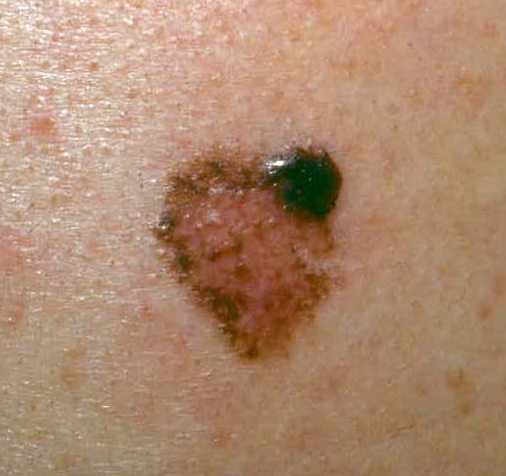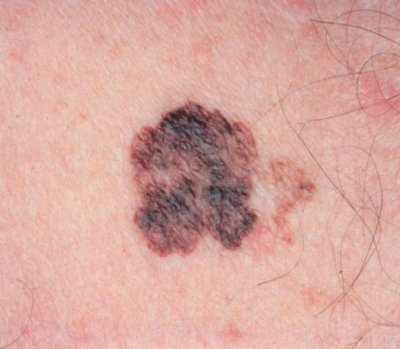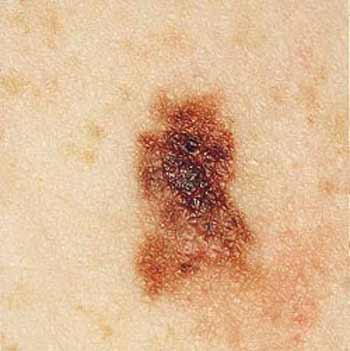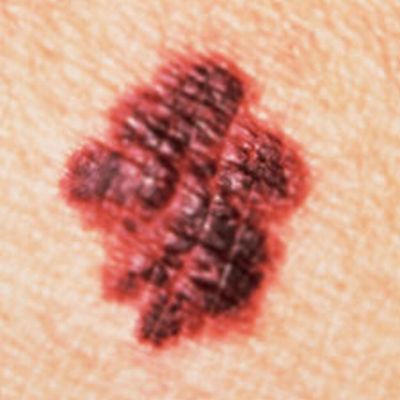I remain extremely satisfied with what I achieved. I believe that I have made a lasting contribution to understanding how melanoma drives metastatic progression.
That I am no longer a part of this is saddening, but I'm confident the model will continue to thrive.
If you work in melanoma research, I wish you luck. KSH.
Then you should explore HOPP.
Research summary
A melanoma lesion results from the uncontrolled growth of a malignantly transformed melanocyte. As it grows, this lesion comes to include a variety of cell types, including fibroblasts, macrophages, lymphocytes and other stroma. Until recently it was widely assumed that the melanoma cell population within the lesion was a homogenous one, that all melanoma cells were the same. However, it turns out that this is a false assumption to make. Many researchers now appreciate that there are distinct subpopulations of melanoma cells co-existing within any given lesion. How are these subpopulations distinguished?
One of the earliest pieces of molecular evidence that there are subpopulations of melanoma cells came from gene expression profiling experiments carried out on melanoma cell cultures. These and other experiments have shown that there are two distinct phenotypes of melanoma cell. One of these is a proliferative phenotype. This type of melanoma cell divides relatively quickly and likely contributes to the bulk of any given lesion or metastasis. The second type is an invasive phenotype. This one divides slowly but is more motile and invasive, and is responsible for metastatic spread. The question is, how does melanoma "work" when the characteristics of proliferation and invasion appear to be split between two different cell types?
The phenotype switching model for melanoma progression is a hypothesis which addresses that question. The idea is that melanoma cells respond to specific signals in their microenvironment to change back-and-forth between states of proliferation and invasion.
